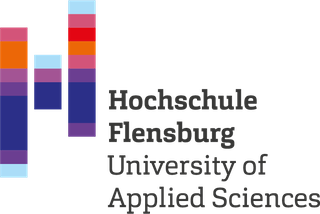Kompetenzen für eine digitale Welt
Bertel, S., Beck, L., Clausen, B., & Räker, T. (2021). Kompetenzen für eine digitale Welt. Wie viel Wissenschaft braucht die Lehrerfortbildung? Arbeitsbündnisse im analogen und virtuellen Raum. Universität Regensburg.
